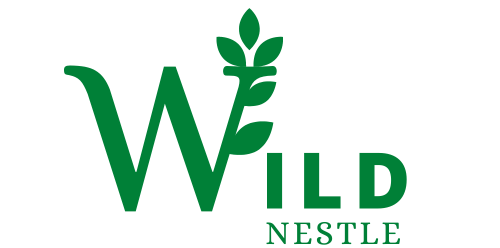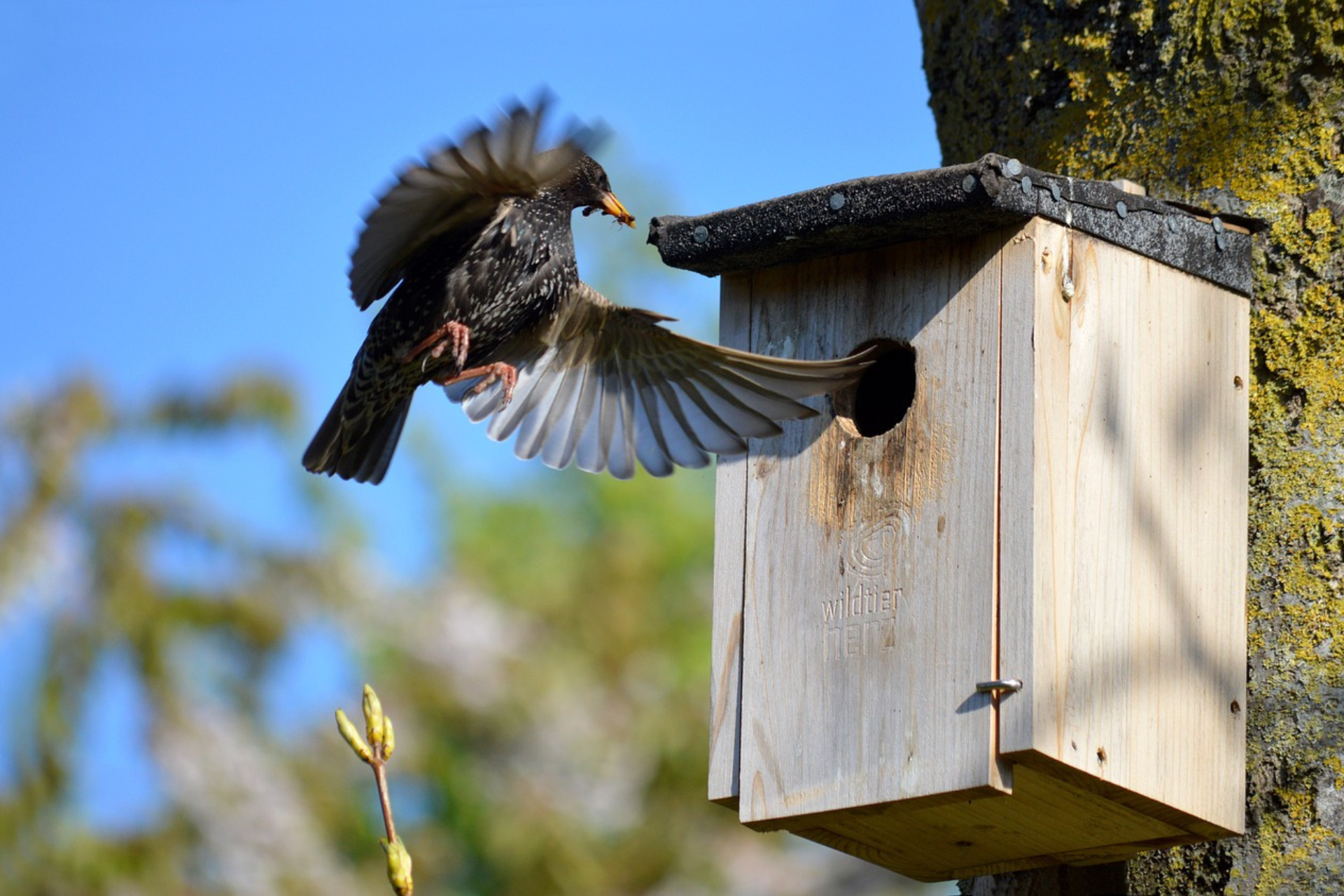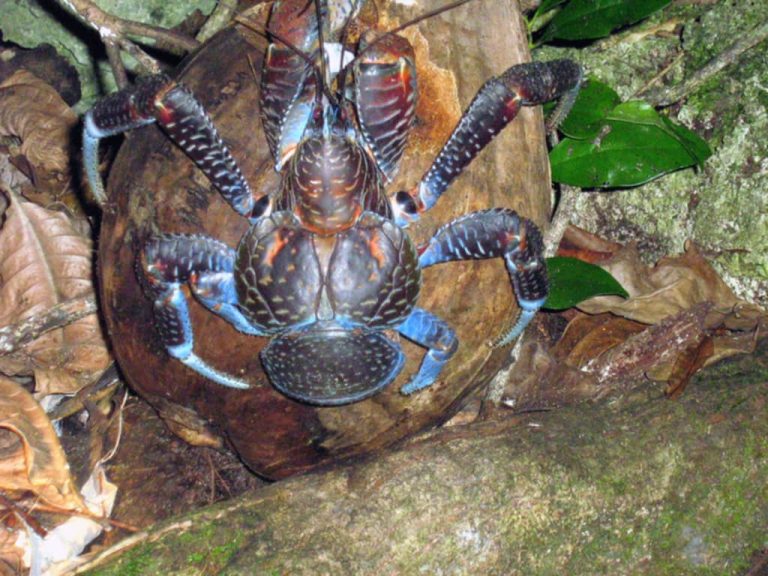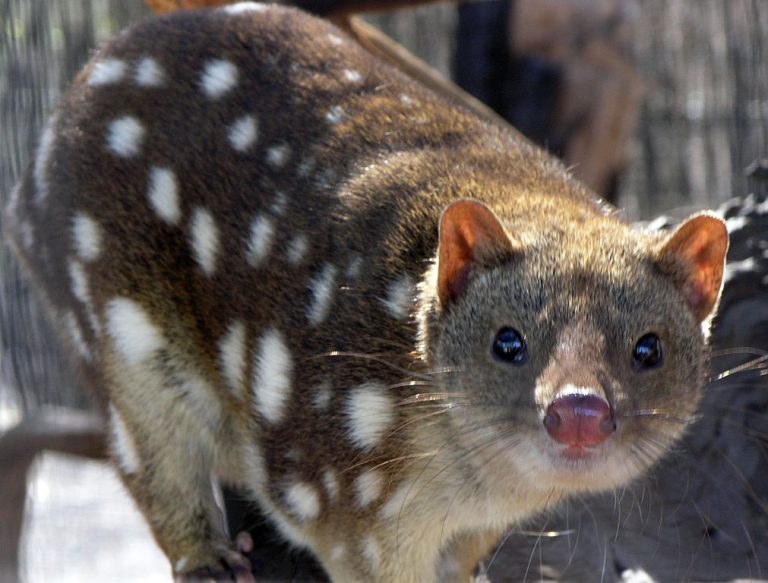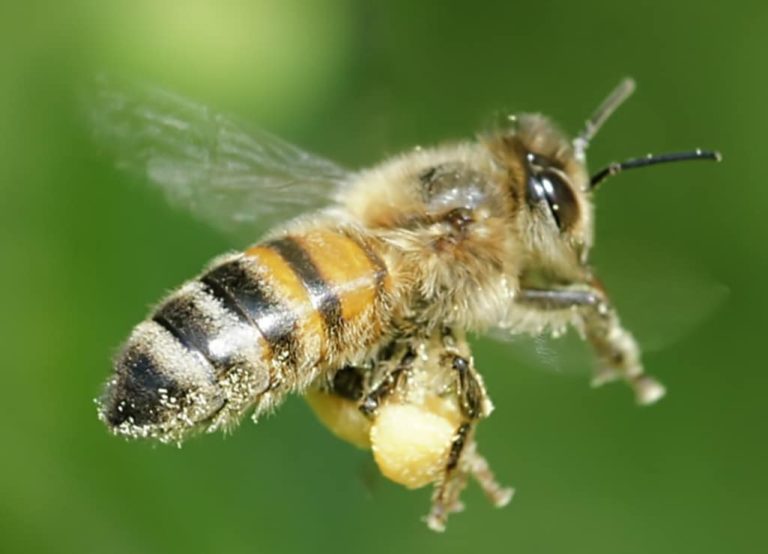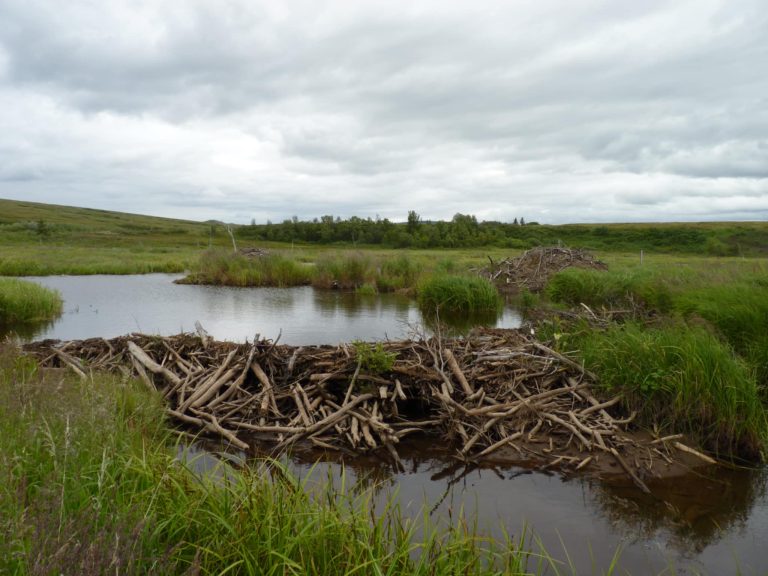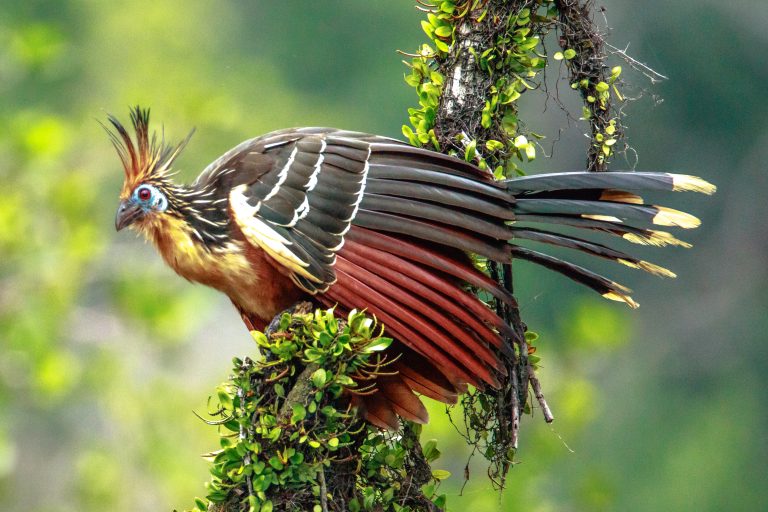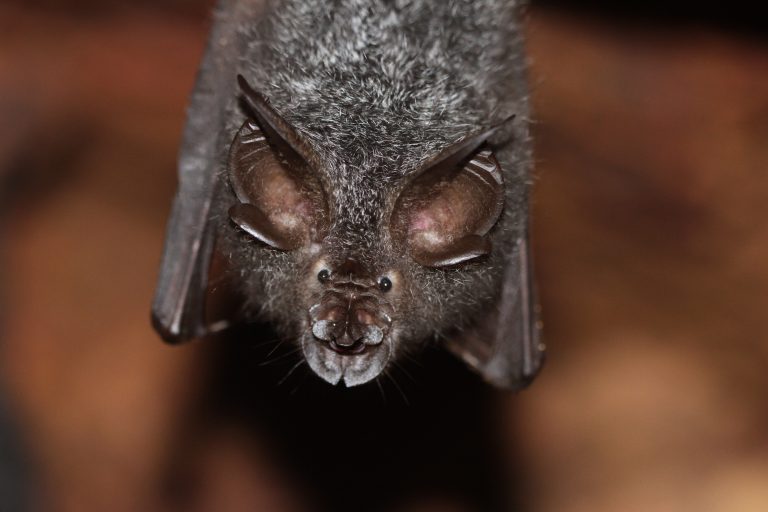Wildlife Gardening: Creating a Haven for Wildlife in Your Backyard
Do you love observing wild animals? Do you want to help conserve Earth’s precious environment and its wonderful creatures?
Yes? Fantastic! Your home garden is a good place to start all that. In this informative guide, I will show you how.
What is Wildlife Gardening?
Simply put, wildlife gardening is creating optimum conditions in your home garden to host native flora and fauna.
That is, you transform your ordinary garden into a wildlife garden by putting certain elements in it to provide food, water, shelter, and nesting sites for a diverse range of species, such as insects, arachnids, annelids, amphibians, reptiles, birds, and small mammals.
Benefits of Wildlife Gardening
Transforming your backyard into a wildlife habitat is beneficial for you and the environment.
Environmental Benefits
When you create a wildlife garden, you contribute to the health of the larger ecosystem.
Native plants provide sustenance for insects, birds, and other animals.
Your wildlife garden can link many surrounding habitats together, allowing wildlife to move and find essential resources.
Additionally, wildlife gardening helps compensate for habitat loss caused by urbanization and development.
A wildlife garden has more plant mass, so it can absorb more Carbon dioxide from the atmosphere than an ordinary garden, therefore contributing better to tackling climate change.
This larger plant mass can also help mitigate the Urban Heat Island effect by shading the ground and increasing the humidity as they absorb water with their root systems and release it as vapor from the leaves.
Elements such as swales, rainwater gardens, and ground cover you put in help reduce rainwater runoff, increase seepage, and reduce evaporation, improving ground water table.
Personal Benefits
Engaging in wildlife gardening has many benefits for you too.
It allows you to connect with nature. Imagine being in the cool shade of your transformed backyard, watching birds and listening to their song, watching butterflies fluttering and bees buzzing around wildflowers. It’s therapeutic.
Some of the native plants you choose can have edible fruits, berries, flowers, leaves, roots, and tubers.
You might get some edible mushrooms too, if you know how to identify them.
Your wildlife garden can be an outdoor classroom, where children (and adults!) can learn about the life cycles and behaviors of the creatures that inhabit it.
Key Elements of a Wildlife Garden
So, what makes a wildlife garden what it is?
What elements should you have in your home garden to turn it into a wildlife habitat?
Diverse Native Plants
The most important element of a wildlife garden is the highly diverse selection of native plants in it.
Native wild animals in a given geographical region have evolved to find food, shelter, and nesting spaces from their native plants.
So having plants native to where you live in your garden is going to attract native animals to it too.
When choosing plants for your garden, go for a mix of trees, shrubs, and herbs that cater to different needs such as food, shelter, and places for the reproduction of different creatures.
Observe how animals interact with the plants around where you live. Go online, go to your local library, and do research. This can help with your plant selection.
Water Sources
No living being can survive without water, so you should set up at least one water source in your garden, may it be a birdbath, a shallow container filled with stones and water, a pond, or even a stream.
If you create a pond, make sure its sides slope gently and have various aquatic plants, rocks, and driftwood to provide shelter and breeding sites for amphibians and insects.
Shelter and Nesting Sites
Wildlife needs safe places to rest, hide from predators, and raise their young. Again, the plants will take care of this to a considerable extent.
In addition, you can add rock piles, log piles, and piles of leaf litter to your garden.
You can build nest boxes, birdhouses, bat houses, and insect hotels as well.
These features create microhabitats for a wide range of species, from ground-nesting birds to beneficial insects.
Food Sources
The food for the wild animals inhabiting your future wildlife garden will come mostly from its plants, from nectar and pollen for pollinators to seeds, fruits, and leaves for birds and small mammals.
And some of those creatures will become food for others.
You can also supplement these natural food sources by placing feeders with various seed types, suet, fruits, and nuts to attract a wide range of bird species and mammals like squirrels and chipmunks.
Keep the feeders clean and well-maintained to make sure their visitors stay healthy.
Getting Started with Wildlife Gardening
Let’s get into the practical aspects of starting a garden now.
Assess Your Garden Space
The first step in creating a wildlife garden is to assess how much outdoor space you have.
Take note of the plants that are already there.
Observe how various parts of the garden get sunlight throughout the day.
Determine if there are any problem areas in the garden, like where people walk through, or get flooded in the rainy season.
Also, think about the size and layout of your future wildlife garden. Are there any likely physical limitations and restrictions?
Use this information to decide what wildlife-friendly features to put in.
Planning Your Wildlife Garden
Once you’ve evaluated your space, it’s time to start planning your wildlife garden.
Make a list of the wild animal species you want to attract and study what sort of habitats they need.
Use this information to plan where to place different plants and elements.
Take the mature size of plants and the final layout of your garden into account to make sure your wildlife-friendly elements will work together.
Implementing Wildlife-Friendly Practices
As you put your wildlife garden plan into motion, remember that a natural approach is best for local species.
Avoid using chemical insecticides, herbicides, fungicides, and fertilizers, which can harm beneficial insects and plants, contaminate water sources, and cause health issues.
Allow some areas of your garden to grow a bit “wild,” where many creatures will feel at home.
Remember, a thoroughly moved lawn and a trimmed garden may look tidy, but they are lousy as wildlife habitats.
Maintaining Your Wildlife Garden
How do you go about maintaining a wildlife garden?
Consider The Seasons
preparing and planning for seasons is an important part of the maintenance aspect of wildlife gardening.
In the spring and summer, keep your garden well-watered and remove spent flowers to encourage continuous blooming.
Keep an eye on your birdhouses and bee hotels for activity and clean them as the season ends.
In the fall, leave fallen leaves and stems in place to provide insulation for overwintering invertebrates and small mammals.
Prune trees and shrubs in late winter, but avoid any potential nesting sites.
Balancing Human Needs with Wildlife Needs
While wildlife gardening is rewarding, it’s important to have a balance between your household needs and the needs of your wild visitors.
Allocate specific areas for wildlife-friendly features and leave other areas for more traditional gardening and recreation.
If you have kids or pets, consider having fencing or netting around areas occupied by wildlife so one would not harm the other.
you can create a garden that meets the needs of both humans and wildlife with some planning and compromise.
Quick Re-cap
Wildlife gardening is the practice of creating a habitat that supports local biodiversity in your garden.
This is done by incorporating elements such as a wide variety of native plants, food, and water sources, as well as shelter and nesting spaces for native wildlife.
It’s a fun and relaxing activity that helps preserve native biodiversity and mitigate climate change.
A thorough assessment of the garden space and planning is needed before implementing those elements into a garden.
Once established, a wildlife garden should be maintained with attention to the seasons and a balance between the human needs and the needs of the wildlife.
